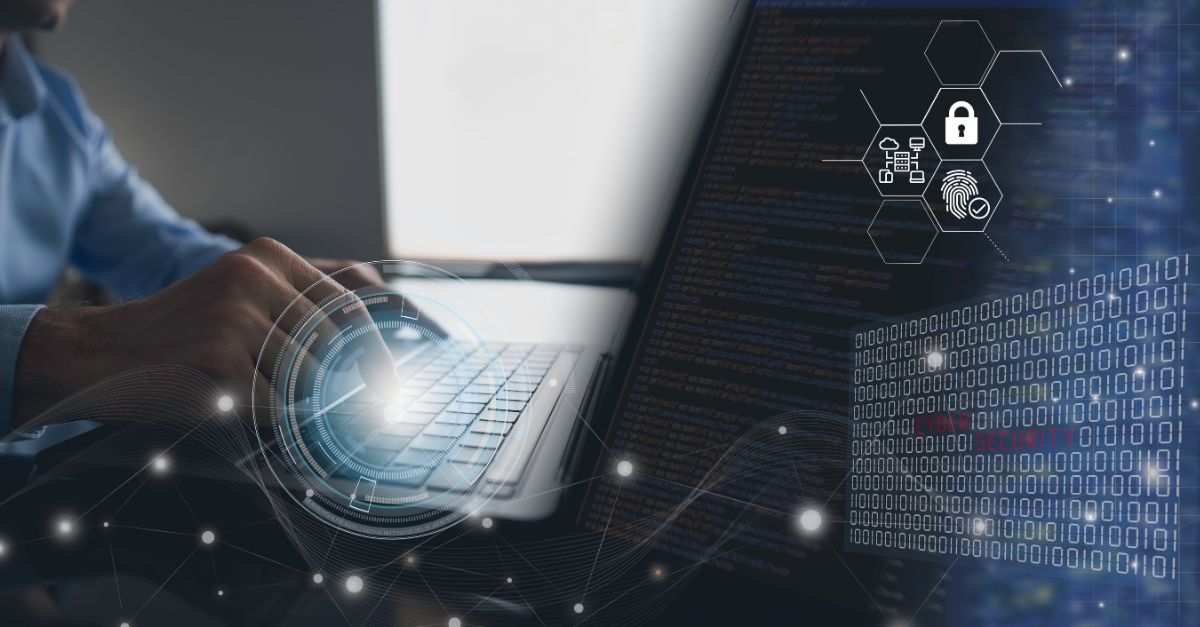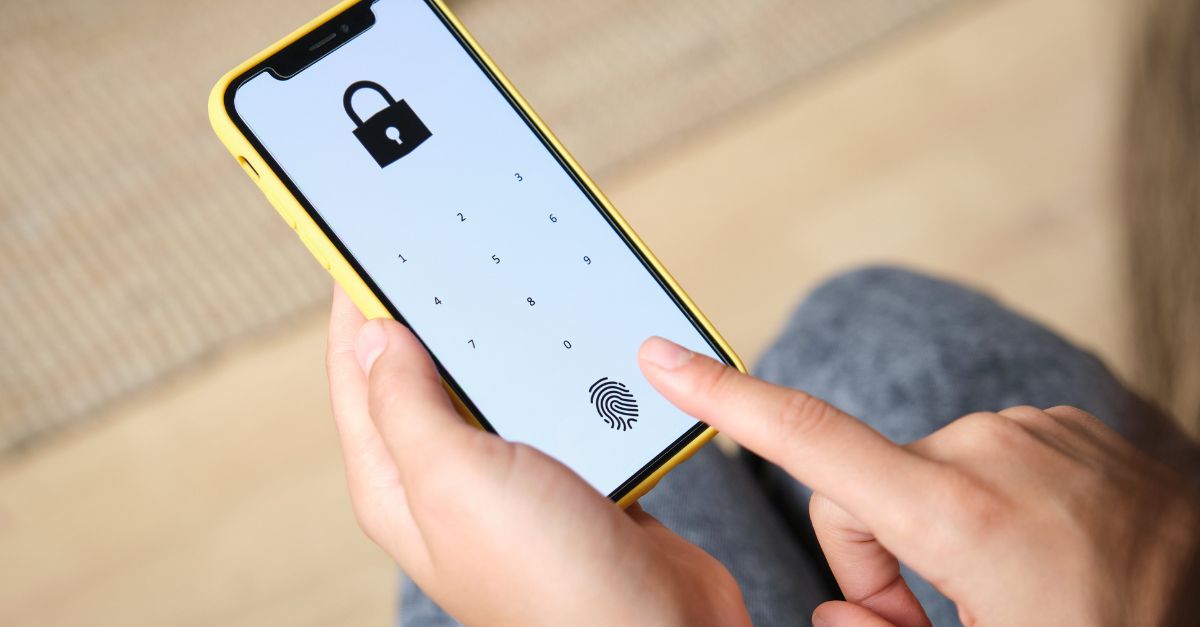As we've trekked, some might say stumbled, into the era of remote work, it's become abundantly clear that the digital landscape has undergone a seismic shift. Last year, a WFH Research survey revealed that a whopping 28% of all workdays were remote, and 30% of all respondents said they wanted to go fully remote. Unfortunately, the positives aren’t the only things turning heads.
In this hodge-podge of personal responsibility and cyber security, the concept of digital identity, once a simple matter of logging in, has burgeoned into a critical fortress of cybersecurity. From my vantage point, with a career spanning decades in security and defense, I've observed this transformation with both intrigue and a modicum of concern.
But let’s take a step back and see what an office-less reality means for protecting digital identities, in the context of employees and employers alike.
The Evolution of Digital Identity in Remote Work
Let's embark on a little history lesson, shall we?
The evolution of digital identity management has been nothing short of a revolution. In the past, a digital identity was akin to a key to a lock—simple, static, and somewhat secure. However, as the workforce has migrated from the office to the living room, or for the more adventurous, the local café, the complexity and necessity of robust digital identity management have skyrocketed.
This digital diaspora has introduced an array of challenges. The perimeter of corporate networks has dissolved faster than sugar in hot tea, rendering traditional defense mechanisms as antiquated as the notion of a 9-to-5 workday tethered to a desk.
In response, digital identity has evolved from a mere access tool to a sophisticated, dynamic security asset. It's now the cornerstone of cybersecurity strategies, intricately designed to verify that those who access information are indeed who they claim to be, no matter where they're logging in from.
Whether it’s software for merging PDF files, data management systems, or even talking to colleagues on Slack, your digital identity is in jeopardy 24/7. But it’s not all doom and gloom, fortunately.
From Changes to Standards: How Pandemic-Born Innovations Changed Digital Identities
Somewhat swiftly, pandemic-powered changes swept across the global workforce. And in a matter of only a couple of years, the following became indispensable tools in the arsenal needed to protect both employers’ and employees’ digital identities:
- Adoption of Zero Trust security models: The traditional "trust but verify" model has given way to the "never trust, always verify" stance of Zero Trust. This security model assumes that threats can originate from anywhere, making it essential to verify every digital identity before granting access to resources, regardless of whether the access request comes from within or outside the network perimeter.
- Enhanced Multi-Factor Authentication (MFA): There's been a significant push towards implementing or enhancing MFA to ensure that digital identities are securely authenticated. MFA adds additional layers of security by requiring two or more verification factors, which can include something the user knows (password), something the user has (security token), or something the user is (biometric verification).
- Greater emphasis on User Behavior Analytics (UBA): Remote work has led to the adoption of UBA tools that monitor user activities and detect anomalies that could indicate a potential security threat. By analyzing patterns of user behavior, organizations can identify and respond to suspicious activities that might otherwise go unnoticed in a remote working environment.
- Expanded use of Identity and Access Management (IAM) solutions: IAM solutions have become more critical in managing and securing digital identities across an organization’s systems and applications. These solutions help in automating the provisioning and de-provisioning of access, enforcing access policies, and providing a centralized view of user activities.
- Rise of Secure Access Service Edge (SASE): The concept of SASE has gained traction as it combines network security functions with WAN capabilities to support the dynamic, secure access needs of remote workforces. SASE frameworks help in securing access by identity and context, offering a more flexible and adaptive approach to cybersecurity.
Navigating New Challenges
The pivot to remote work has unearthed a Pandora's box of cybersecurity challenges. Phishing expeditions have become more sophisticated, targeting the unwary with alarming precision.
The home network, once a haven for casual browsing and streaming, has become the front line of cybersecurity defense, often woefully underprepared for the assault. Employees have to tackle everything from malicious cookies, all the way to adapting and looking for new software solutions.
For freelance developers, for instance, things are getting exponentially difficult, as they have to be in the know about Google Cloud alternatives for cheaper hosting, the latest tools for automations, and even AI solutions.
The fabric of digital identity management has had to evolve rapidly to counter these threats. Traditional passwords, as secure as a diary with a lock, have given way to more robust measures. Employees, both full-time and contractor, are handling high-value software, with a lot of sensitive data included.
Multi-factor authentication, for instance, has become the de facto standard for securing access, adding layers of verification that are as essential to digital security as a sturdy lock is to a safe. Best of all, MFA solutions and additional security layers can easily be automated, making it easier for novices to tackle the aforementioned challenges.
Digital Identity Solutions as a Compass
In this labyrinth of digital threats, emerging digital identity solutions have become the North Star, guiding the way to a secure remote work environment. Technologies such as biometric verification, which would have seemed like science fiction in my early days, are now a reality.
These solutions provide a level of security that is not just about knowing a password but about proving one's identity through unique physical attributes—fingerprint, facial recognition, or even the rhythm of one's typing.
Single sign-on (SSO) systems have also emerged as a bulwark against the complexity of managing multiple digital identities across various platforms. By allowing users to access multiple applications with one set of credentials, SSO systems simplify the user's experience while tightening security—a win-win in the digital age.
And let’s not forget about PCI-compliant hosting for fintech companies, industrial safeguards for remote facility management and encryption protecting any data that can be later connected to specific employees.
Best Practices for Safeguarding Sensitive Data
With great power comes great responsibility. The empowerment that comes with remote work carries with it the imperative to safeguard sensitive data with vigilance. This begins with a culture of security awareness that permeates every level of an organization. Employees must be trained to recognize threats, from the benign-looking email phishing scam to the more insidious dangers of public Wi-Fi.
Encryption has also become a non-negotiable aspect of digital communication. Whether it's a Zoom call or an email, encryption ensures that sensitive information remains confidential, turning what could be a wide-open window into a solid wall.
Likewise, there’s also the AI boogeyman, powering both cyber criminals and those stuck on the defensive end. However, global investment in AI is expected to reach $200 billion in 2025, signifying that companies are well-aware of how important it is to be proactive instead of reactive when bolstering data security.
Legal and compliance considerations have also taken center stage. Laws and regulations such as GDPR in Europe and CCPA in California have set stringent standards for data privacy and protection, with severe penalties for breaches. Navigating these legal landscapes requires not just technical acumen but a thorough understanding of the legal context in which digital identity management operates.
Staying Ahead in the Cybersecurity Landscape
Looking to the horizon, it's clear that the future of digital identity and cybersecurity is as uncertain as it is exciting. The ongoing arms race between cybersecurity professionals and cybercriminals will continue, with each side evolving in response to the other. The rise of technologies such as blockchain offers a glimpse into future possibilities for secure, decentralized digital identities, promising a new era of security and privacy.
However, the foundation of staying ahead in cybersecurity remains education and awareness. Continuous learning, about the latest threats and the newest defense mechanisms, is the only way to navigate the shifting sands of the digital landscape.
With quantum technology already on the horizon, defenses must be bolstered, protocols must be reassessed, and solutions must be improved.
Note: This blog article was written by a guest contributor for the purpose of offering a wider variety of content for our readers. The opinions expressed in this guest author article are solely those of the contributor and do not necessarily reflect those of GlobalSign.








